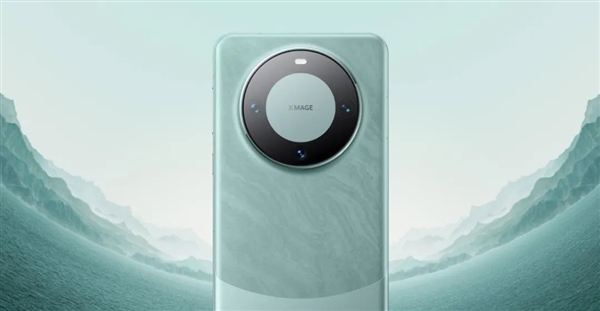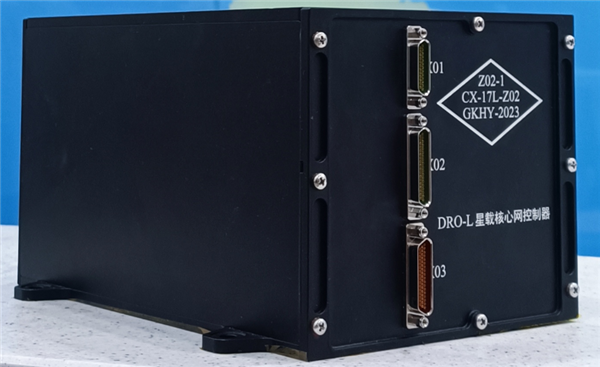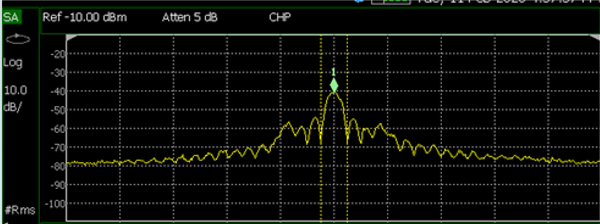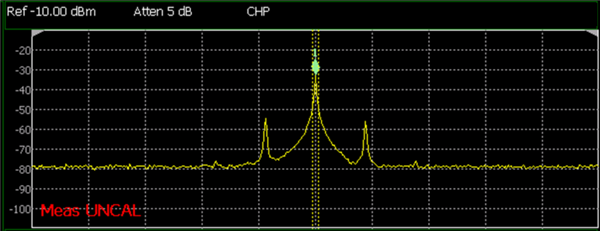
According to news on January 27, Huawei has launched Beidou satellite news since Huawei Mate 50. The current Mate 60 series even supports Tiantong satellite calls.
However, Huawei is not satisfied with this and continues to explore the field of satellite communications. It also wants to implement satellite Internet functions, allowing users to directly connect to satellites to access the Internet even when there is no signal or Wi-Fi.

According to the official account of China Mobile Research Institute, China Mobile Research Institute recently worked with industry partners to implement on-board regeneration mode, and the test terminals were Huawei Mate 60 series mobile phones.
The on-board regeneration mode is an important technical direction of the 3GPP R19 NTN standard. This test shows that the on-board core network meets the requirements for on-orbit flight and achieves end-to-end full link connectivity and stable data transmission.

Verified the technical feasibility of direct connection of mobile phones to low-orbit satellites based on on-board regeneration mode and the correctness of the satellite-ground core network architecture. Satellite research and application promotion and standard evolution are of great significance.
According to reports, the spaceborne core network is used to provide on-orbit data forwarding services in on-board regeneration mode and is one of the important equipment for low-orbit satellite Internet.
Facing the low-cost and high-reliability requirements of satellite Internet, the satellite-borne core network is adapted to space environments such as space radiation, vacuum, and alternating hot and cold conditions. It is based on the 5G core network SBA architecture and is designed based on domestic industrial-grade components. Highly reliable, flexible, and on-orbit reconfigurable software and hardware systems with the domestic Linux operating system realize the independent controllability of the spaceborne core network.

Faced with the characteristics of low-orbit satellites such as fast movement and wide coverage, the satellite core network carries out basic 5G processes including session management, mobility management, QoS guarantee and other capabilities. Optimize and achieve efficient satellite-to-ground networking.
Currently, the spaceborne core network has completed environmental tests such as mechanics, high and low temperature, thermal vacuum, electromagnetic compatibility, aging and performance tests in wireless environments to meet on-orbit operating conditions.


simulated the orbital trajectory of the satellite at an orbital altitude of 550Km, and worked with partners such as Shanghai Microsatellite, Huawei, Aipulu, and Fusion Technology Together, they built an end-to-end link from the test terminal, ground 5G base station, ground gateway station, satellite-borne wireless transceiver to the satellite-borne core network, verifying the highly dynamic and large-scale performance of low-orbit satellite communications in wired and wireless states. Applicability in delay, narrow beam and IP over CCSDS transmission environments.
In the actual measured on-board regeneration mode, the downlink rate of the satellite core network can reach 5Mbps, the uplink rate can reach 1Mbps, the on-board forwarding rate can reach 230Mbps, and the on-board forwarding delay is less than 1ms. The performance is in line with expectations, and the follow-up It will be further optimized and verified in orbit to provide broadband services for mass mobile phones and industry terminals.
The above is the detailed content of Huawei Mate 60 mobile phone successfully simulated and tested satellite Internet to achieve an Internet experience without signal: the maximum download speed is 5Mbps. For more information, please follow other related articles on the PHP Chinese website!




